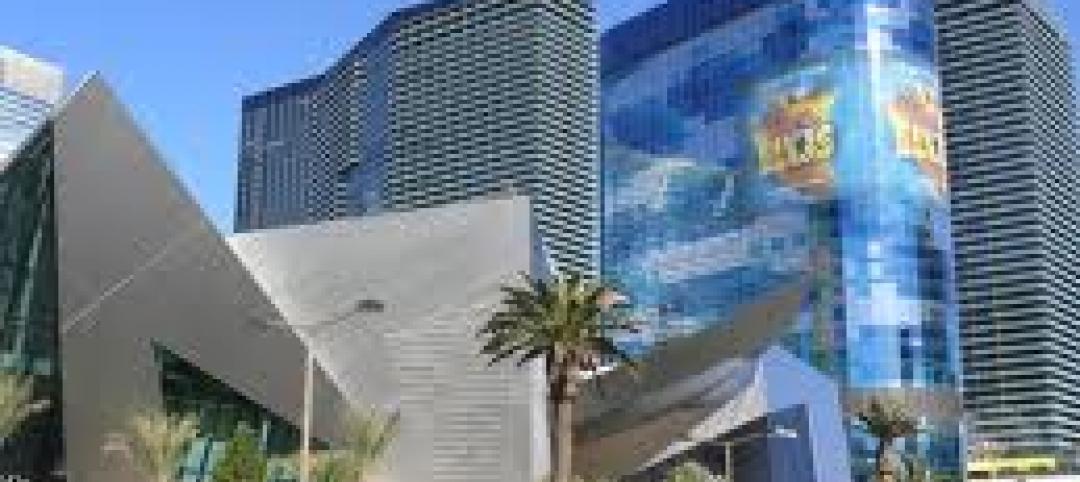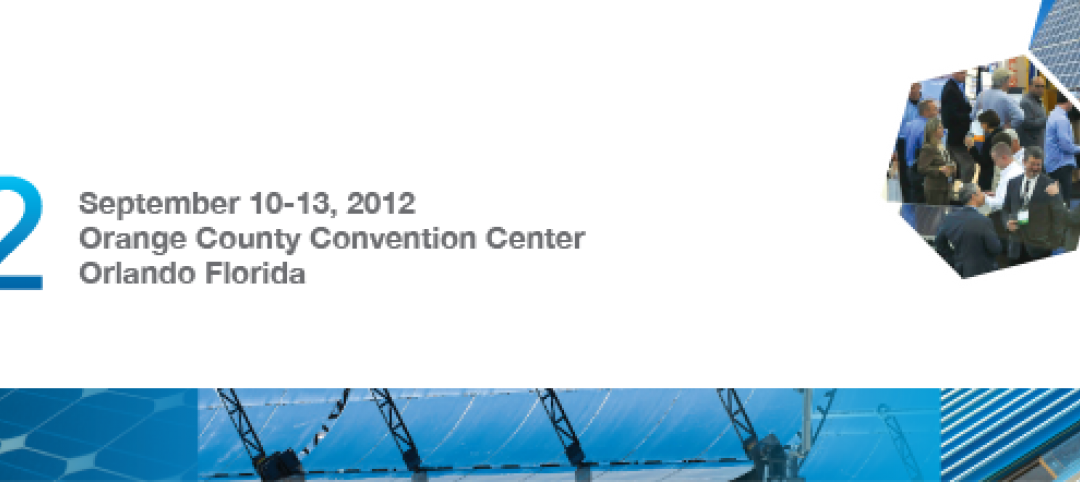The American Institute of Architects (AIA) announced the release of its first-ever white paper on materials transparency and risk, part of an AIA effort to equip the entire profession with consensus-driven guidance on an issue of critical importance to the profession, its suppliers and clients.
“Whether in politics or in building design, transparency is an increasingly necessary element of modern life,” said AIA CEO Robert Ivy, FAIA. “And when it comes to materials - the very substances of our built environment - it's more important than ever for architects to be able to communicate openly about what they contain.”
The white paper is the product of more than a year of effort by the AIA's Materials Knowledge Working Group (MKWG), pursuant to a position statement approved by the AIA Board of Directors in December 2014. In that statement, the AIA recognized that “building materials impact the environment and human health before, during and after their use,” and it encouraged architects “to promote transparency in materials’ contents and in their environmental and human health impacts.”
“Materials transparency & risk for architects: An introduction to advancing professional ethics while managing professional liability risks,” was created by materials specialists but is aimed at all architects. It provides a backdrop on the necessity for materials transparency and the steps architects should be taking to ensure change, promote openness, and increase collaboration between themselves, their suppliers and their clients.
As an introduction to the white paper, the MKWG compiled five guideposts about which every architect should be aware when it comes to materials transparency. They provide first steps to a deeper understanding of what goes into a building and how it impacts its inhabitants:
- Information is key. Everyone involved in a building project—from initial design to occupancy—should have access to information on the potential health and environmental impacts relating to materials products.
- Materials transparency presents opportunities for architects. These opportunities include competitive advantage, thought leadership, design innovation, and environmental and human health leadership.
- New practices and procedures inherently present potential risks. There is always some risk in advocating for materials transparency and sharing composition information with our clients. This white paper explores those risks in detail.
- Manage potential risks with increased transparency. Although the risks associated with materials transparency are new, architects are familiar with risk management. This white paper offers several strategies for effectively evaluating and mitigating risk.
- The AIA has tools and resources to help architects navigate materials transparency risks and opportunities. Along with this white paper and existing online resources, the AIA will soon publish new model contract language to specifically address materials transparency issues. In addition, the MKWG, made up of expert members, practitioners and partner organizations, is continually developing education and practice tools to help architects optimize their approach to materials transparency.
The AIA has published guidance on how to address materials transparency issues in its contract document B503-2007 Guide for Amendments to AIA Owner-Architect Agreements.
Related Stories
| Apr 23, 2012
Vegas’ CityCenter called financial ‘black hole’
Two and a half years ago, stockholders filed six lawsuits after the stock price fell from $99.75 on Oct. 9, 2007, to $1.89 on March 5, 2009. Bondholders sued over similar steep losses.
| Apr 23, 2012
Innovative engineering behind BIG’s Vancouver Tower
Buro Happold’s structural design supports the top-heavy, complex building in a high seismic zone; engineers are using BIM technology to design a concrete structure with post-tensioned walls.
| Apr 23, 2012
AAMA releases updated specification for anodized aluminum
AAMA 611-12 describes test procedures and requirements for high performance (Class I) and commercial (Class II) architectural quality aluminum oxide coatings applied to aluminum extrusions and panels for architectural products.
| Apr 23, 2012
Thornton Tomasetti project wins AISC Merit Award
Thornton Tomasetti provided structural design services through construction administration to architect HOK for the 1.6-million-sf tower and tiara structure, which comprises 15 steel tube arches spanning approximately 158 feet horizontally and 130 feet vertically from the top of the main building roof.
| Apr 20, 2012
McCarthy completes Santa Barbara Cottage Hospital Replacement Facility
The new hospital’s architectural design combines traditional Santa Barbara Spanish colonial architecture with 21st century medical conveniences highlighted by a therapeutic and sustainable atmosphere.
| Apr 20, 2012
Century-old courthouse renovated for Delaware law firm offices
To account for future expansion, Francis Cauffman developed a plan to accommodate the addition of an 8-story tower to the building.
| Apr 20, 2012
Shawmut completes Yard House Restaurant in Boston
12,000-sf restaurant marks new addition to Boston’s Fenway neighborhood.
| Apr 20, 2012
Registration open for Solar Power International 2012 in Orlando
President Bill Clinton to deliver keynote address at ?largest solar energy event in the Americas.
| Apr 19, 2012
Holcim cement plants recognized at PCA Spring Meeting
The Holly Hill plant received the PCA’s Chairman’s Safety Performance Award in recognition of their exceptional health and safety programs. The Theodore plant received the Environmental Performance Award in recognition of the steps they take beyond those required by laws, regulations and permits to minimize their impact on the environment.
| Apr 19, 2012
HBD Construction names Steven Meeks vice president
Meeks will provide expertise for the company in its many diverse areas of construction projects including health care, senior living, education and retail.

















